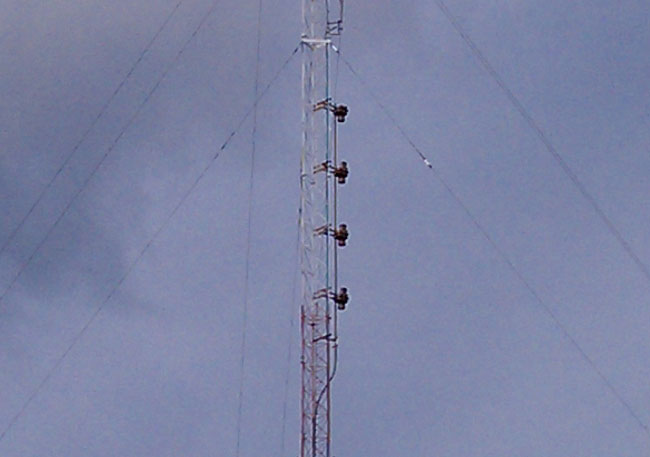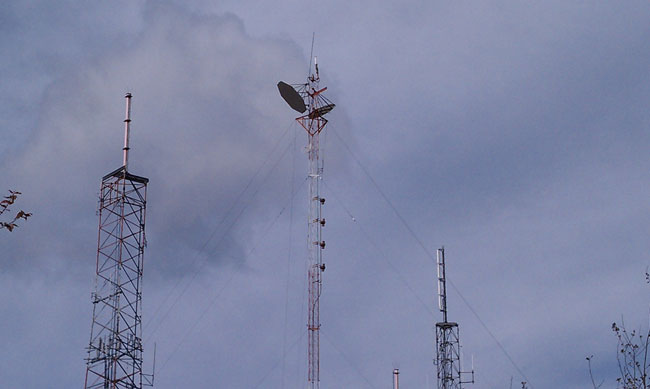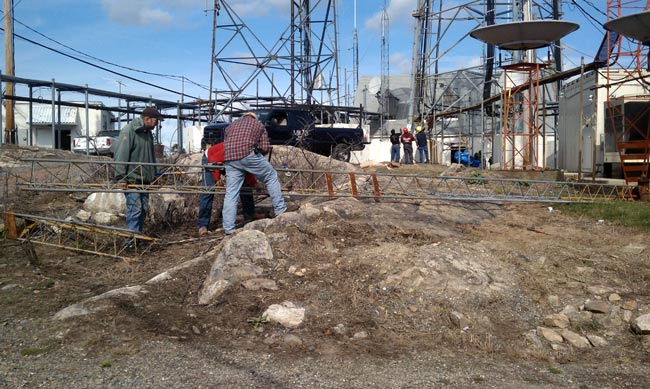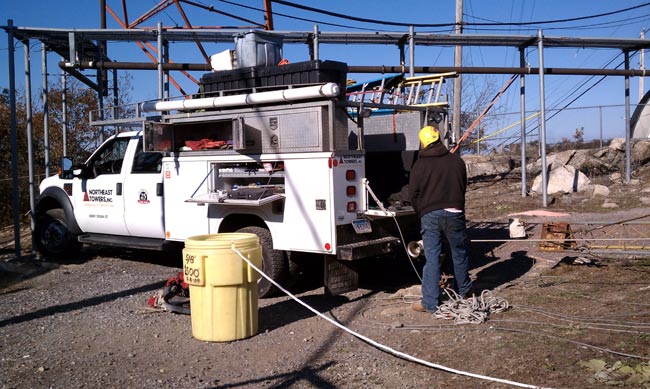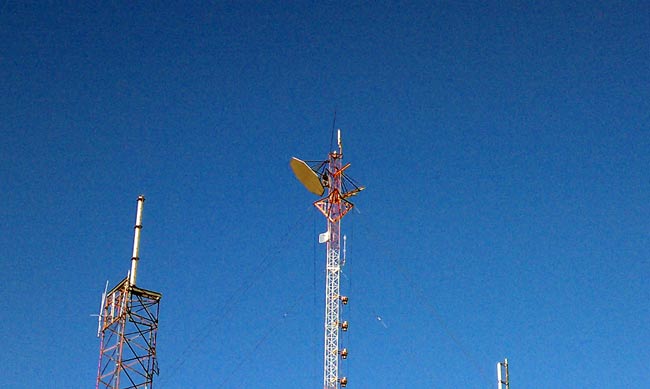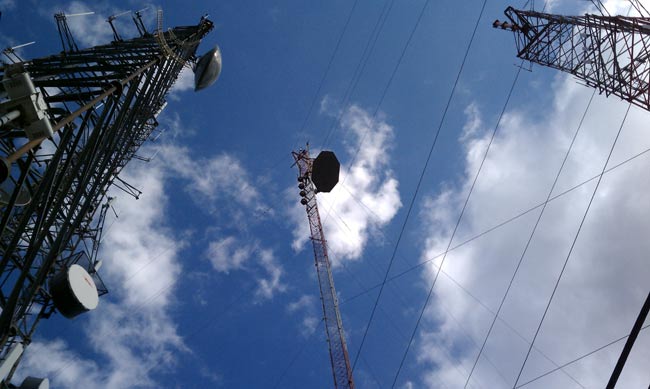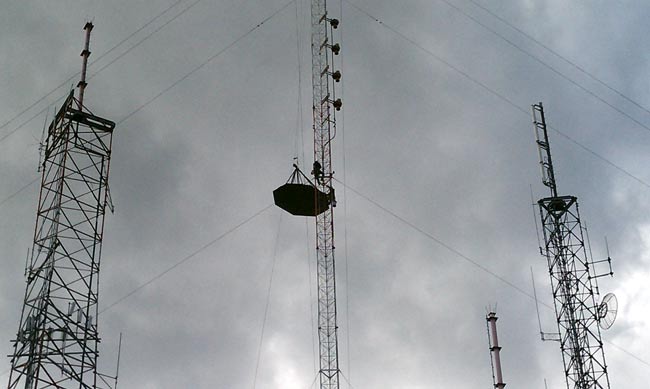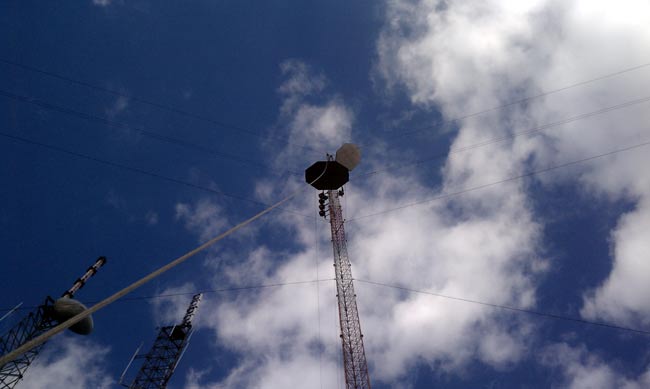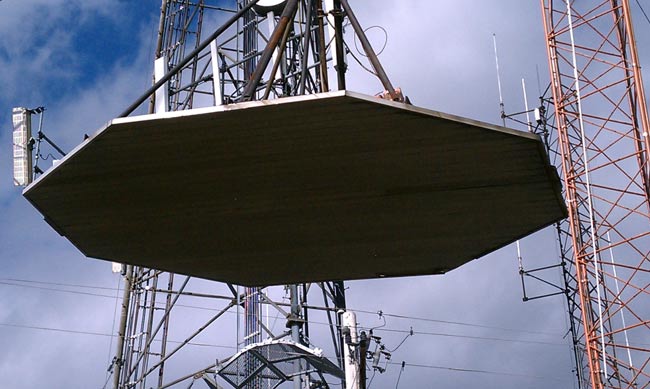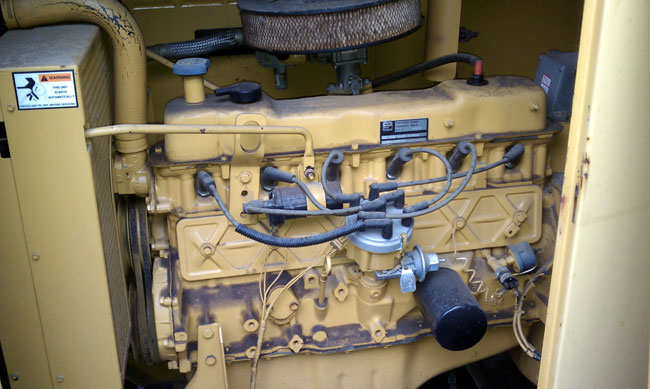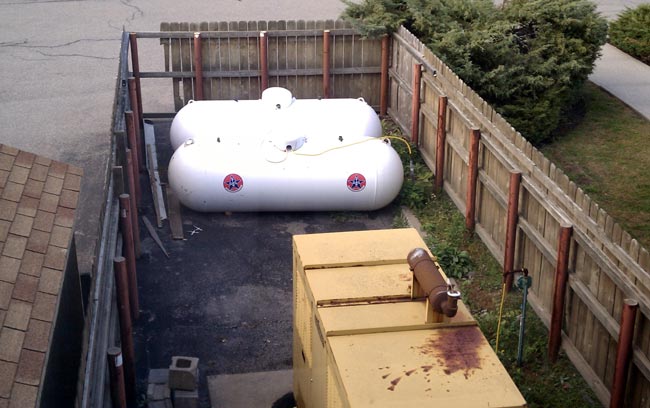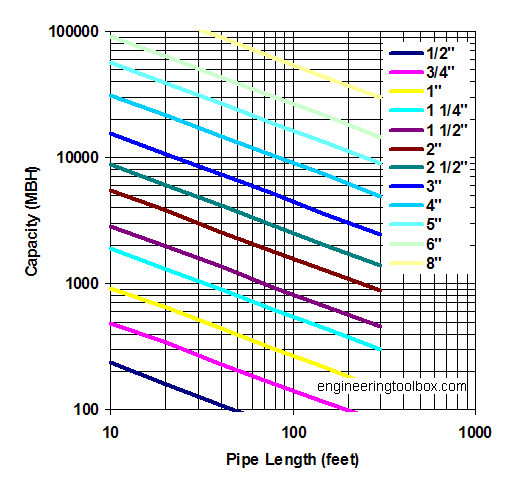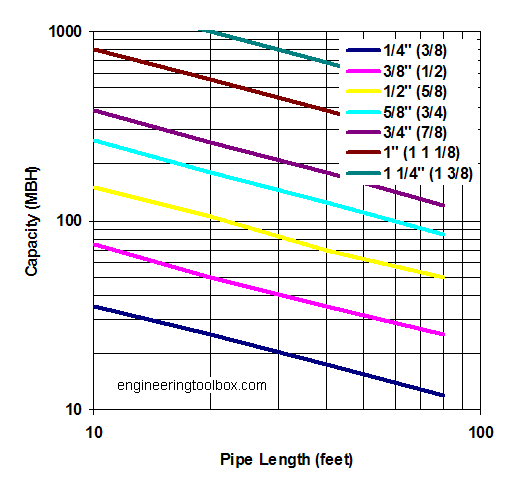I snapped these pictures at WICC in Bridgeport, CT. It is an older PR&E BMXII console, with 26 channels, I believe.
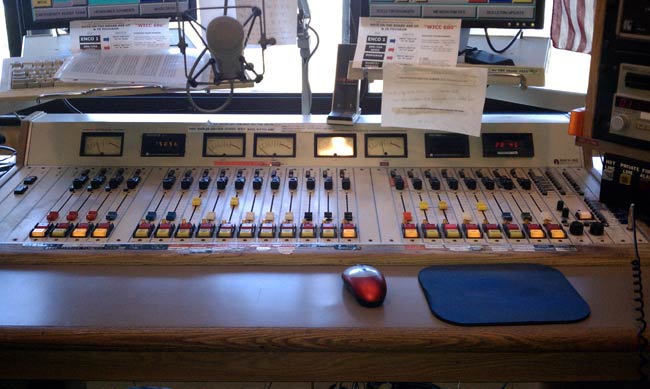
These were manufactured starting in 1985, I installed one in 1990. It is a testament to their durability that this one has lasted 23 years. They were expensive when purchased, and all of them were purchased directly from PR&E, Carlsbad, California. The beauty of these things is their modularity. All of the major components are replaceable, including the module face inlays.

The faders, Penny and Giles 4000 series, are fully rebuildable. The part that wears out the most is the nylon bushings that slide along the metal rails. The contact fingers sometimes also need to be replaced. These are 10 Kohm conductive plastic linear faders. P&G does not make these anymore, they have been replaced by the 8000 series, which has an edge connector instead of a wiring harness. Since the top of the fader is open, it also tends to accumulate dust, dirt, and other debris. The fader board itself should be cleaned off with warm water, light soap may be used if needed. Do not use alcohol on these because it eats into the conductive plastic and ruins the fader.

One of the great things about this console is the fact that all the modules are hot-pluggable. If one needs to be serviced, it can be pulled out of the main frame while the console is on the air and a new module plugged into it’s place. Only the line output module replacement necessitated taking the station off the air, and then only for a few seconds. It was a great concept that is now standard in almost every broadcast console.
There were several basic module configurations. On the input side, line level, mic level, and telco were standard console inputs. There was also a passive remote line select button set. Out put modules consisted of line-level output, control room monitor, and studio monitor modules.
PR&E consoles were top-of-the-line gear, but expensive. Most radio stations could not afford them and went with less expensive models like Wheatstone, BE, LPB, Autogram, Radio Systems, etc. The fact that some of these BMXII consoles are approaching 30 years of age and still in service is a testament to their construction.
In the early 1990s, PR&E began branching out into the lower priced market with their product line. They produced the Radiomixer and Productionmixer consoles, however, mid-market-sized radio stations were slow in adopting them because PR&E had the reputation of being expensive. After all, if you can only afford a Chevrolet, why bother looking at the Mercedes?

This is a grainy promotions photo from the early 1990s showing what I think is the WQXR master control room, nick named “The Bridge.” I took a tour there around 1993 or so and it was a fantastic facility, of course, the New York Times spared no expense. I really felt like Willie Wonka in the Chocolate factory.
Later in that decade, they changed the name to Pacific Research and Engineering, and the went public. I think going public was the death knell, soon thereafter they sold the entire product line to Harris Broadcast. The final non-Harris console was the Airwave, which is a good medium-duty modular console, incorporating some of the traditional PR&E designs. The later consoles stopped routing audio directly through the faders, using voltage-controlled amplifiers instead. This solved some of the channel drop out problems that sometimes occurred in earlier consoles. The Airwave consoles are much less durable than the BMX series, however, with the advent of voice tracking, perhaps 24/7 durability is not that necessary anymore.
Harris has dropped support of much of the early PR&E line, but there are those that soldier on, buying up parts and rebuilding these things. Mooretronix has a good selection of BMX and ABX parts.
The WICC/WEBE installation is about to be refurbed, which means these consoles will be headed out the door. There are three of them in fair condition.

